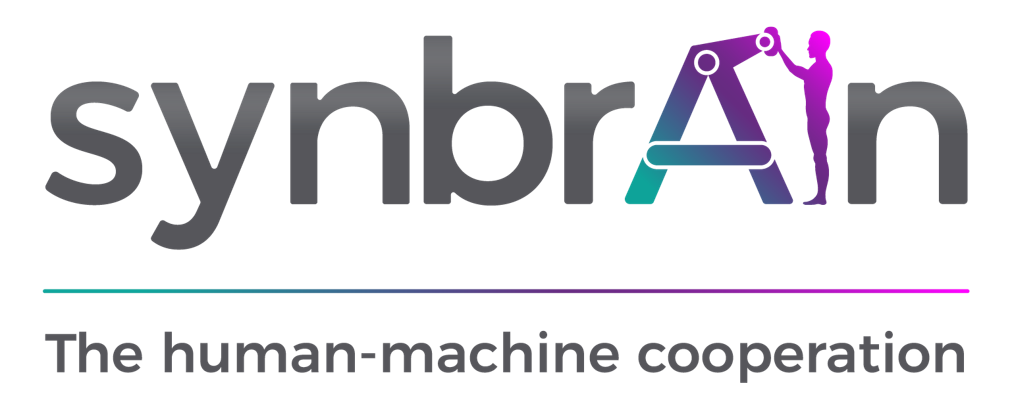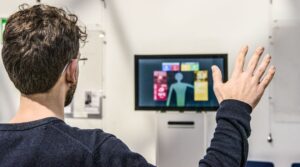he evolution of computers in recent years has given a strong boost to research techniques aimed at improving human–machine interaction. These techniques tend to simulate the dynamics of the human–human interaction process, which is based on our innate ability to understand the emotions of other humans. In this work, we present the design of a classifier to recognize the emotions expressed by human beings, and we discuss the results of its testing in a culture-specific case study. The classifier relies exclusively on the gestures people perform, without the need to access additional information, such as facial expressions, the tone of a voice, or the words spoken. The specific purpose is to test whether a computer can correctly recognize emotions starting only from gestures. More generally, it is intended to allow interactive systems to be able to automatically change their behaviour based on the recognized mood, such as adapting the information contents proposed or the flow of interaction, in analogy to what normally happens in the interaction between humans. The document first introduces the operating context, giving an overview of the recognition of emotions and the approach used. Subsequently, the relevant bibliography is described and analysed, highlighting the strengths of the proposed solution. The document continues with a description of the design and implementation of the classifier and of the study we carried out to validate it. The paper ends with a discussion of the results and a short overview of possible implications.










